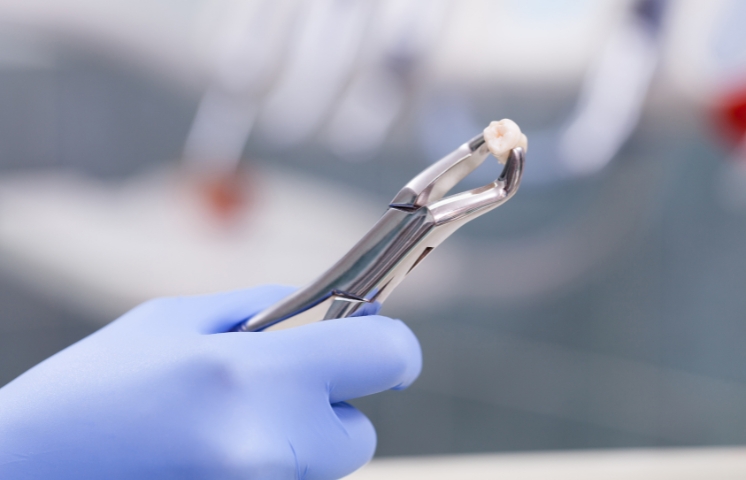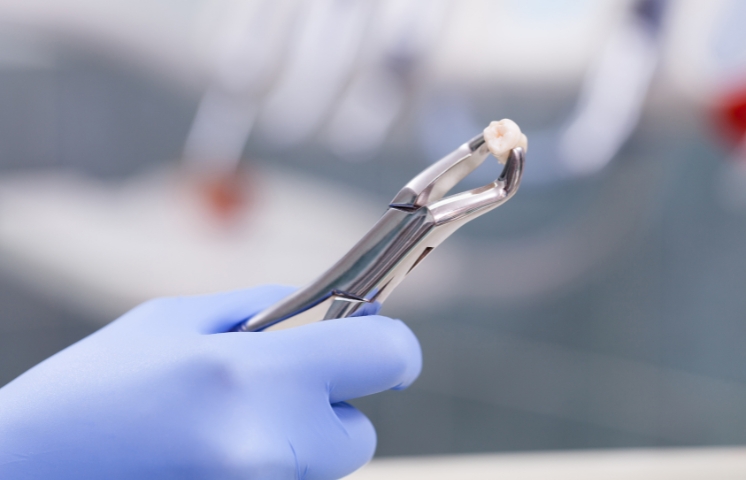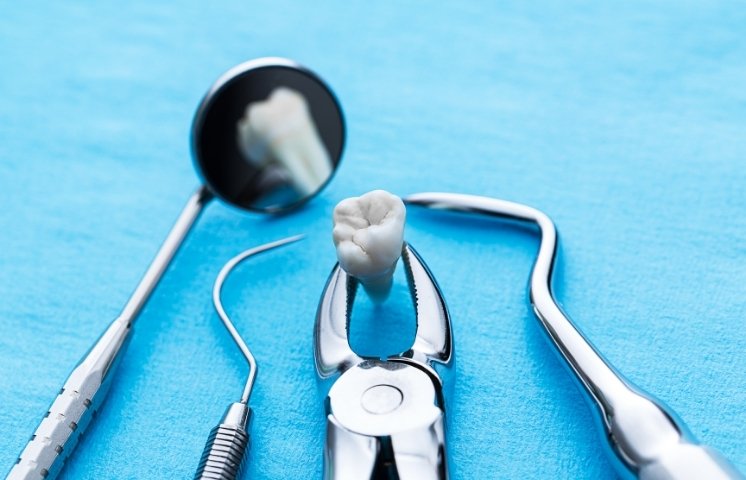
What To Eat After Tooth Extraction: A Comprehensive Guide
Have you just had a tooth extraction procedure? Now what? You’re hungry, sore, and a little confused. Your dentist instructs you, “No straws, no crunch, no spice,” and everything in your fridge cries out in alarm.
Tooth extraction does more than change your smile. It also interferes with your menu.
The First 24 Hours: What You Can Eat
The first 24 hours following a tooth extraction are all about taking care of the blood clot. You should keep to cold, soft, or room-temperature foods as they help prevent pain and irritation.
Consider beginning with smoothies (seedless), applesauce, yogurt, mashed potatoes, or lukewarm broth. You must avoid hot, spicy, or chewy foods as your mouth is healing. Blowing through a straw can cause a dry socket by disturbing the clot. Therefore, you must avoid doing so.
You have to select smooth textures and rest your mouth as the repair begins now. In addition, you can drink liquids. However, take slow and easy sips so that there isn’t pressure in the area. You should avoid acidic beverages and carbonated soft drinks, as they can irritate the wound and prolong recovery.
Your dentist will appreciate that you stayed with this gentle eating regimen. Take food that is simple, wholesome, and gentle. Keep in mind that comfort food is your buddy following tooth extraction Buda.
Day 2 through Day 3: Gently Increasing Your Diet
Your mouth begins to feel a little better after the initial 24 hours have passed. Now is the time to add soft yet filling foods to your diet.
You can experiment with scrambled eggs. It is high in protein and simple to chew. Oatmeal or soft cereals are excellent for breakfast. However, you must avoid crunchy toppings. Cottage cheese is a good option, as it’s creamy and high in calcium. Smooth pasta with a soft sauce is gentle and comfortable on the surgical area.
Moreover, you must skip spicy, crunchy, or tough foods. They may be painful or interfere with the healing process. You must eat slowly and chew on the opposite side of your mouth.
Consider listening to your body and following your dentist’s individualized directions. Tooth extraction recovery remarkably accelerates when food selection promotes healing.
Days 4 to 7: Adding More Variety
You can start with soft-cooked vegetables, such as carrots, peas, or zucchini. Rice is another easy-to-chew food that pairs well with other soft options. You can also add shredded chicken or flaky fish for protein without stressing your jaw.
Keep chewing slowly and gently. You must avoid foods that stick or break apart. Consider avoiding nuts, chips, or popcorn, as they can become lodged in the socket.
Your dentist may recommend specific foods tailored to your unique healing progress. Don’t rush. Every tooth extraction heals at its own pace. Introduce one new food at a time and monitor for any signs of pain or swelling. Stick to this plan. With this, you’ll be back to regular meals soon.
Foods to Avoid for At Least a Week
Some foods are capable of delaying healing or leading to post-surgical issues, such as dry socket. You need to skip sour foods such as lemons and tomato sauces. They burn and irritate tissue.
Additionally, you can skip gooey foods such as caramel, gummy jelly beans, or chewy bread. Crunchy foods, such as chips, popcorn, and nuts, can be dangerous as they shatter into jagged pieces.
You must avoid alcohol and carbonated beverages as they impede healing and dehydrate tissues. If you are a smoker, quit during recovery. Your dentist will emphasize this. Your mouth will thank you after a tooth extraction. Consider skipping these foods for easier recovery.
Prioritize your recovery today, and your mouth will reward you tomorrow. Tooth extraction can be challenging. However, your comeback meal plan doesn’t have to be.


